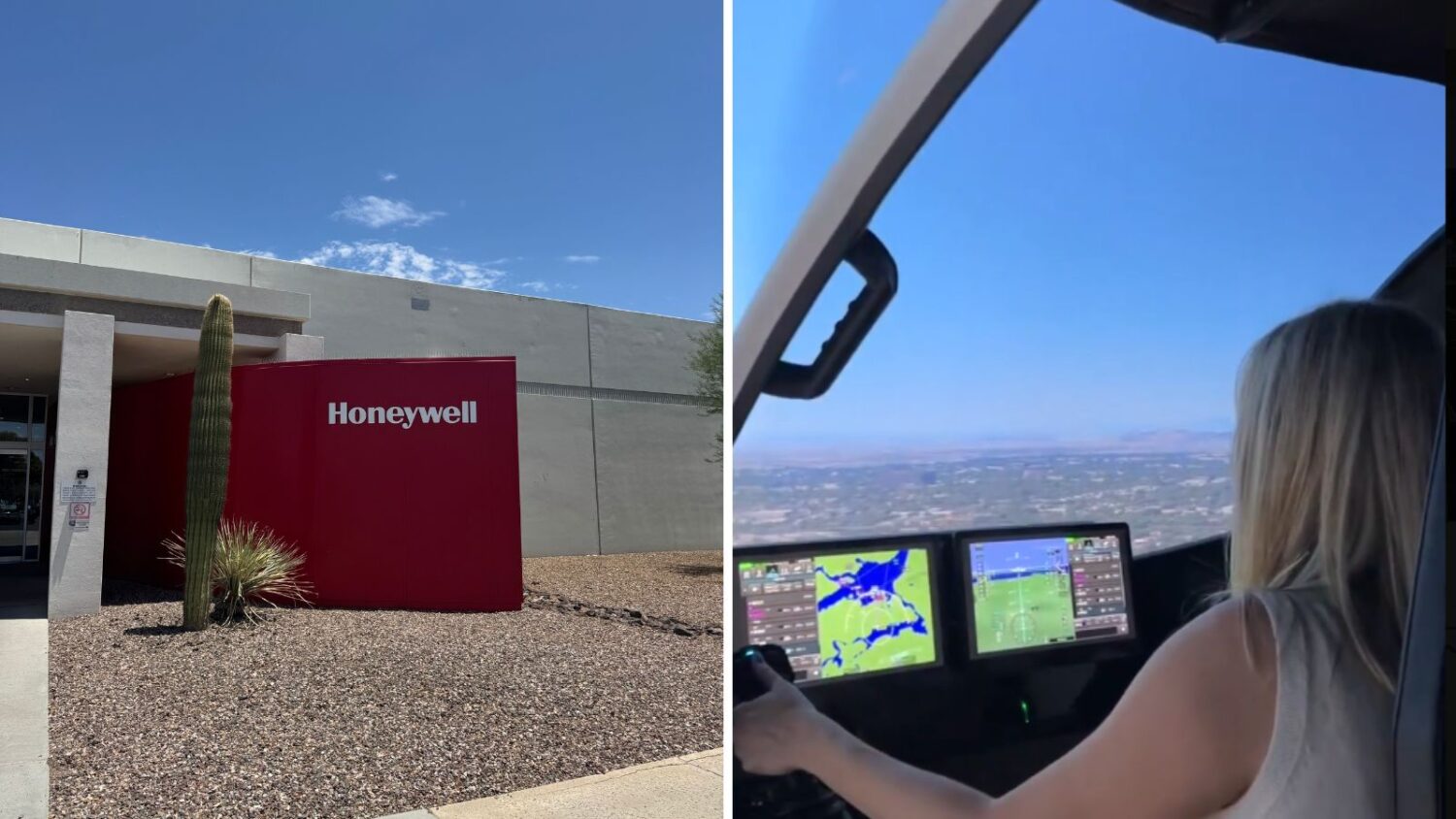PHOENIX — The Advanced Air Mobility lab at Honeywell Aerospace in Phoenix’s Deer Valley area is developing technology for autonomous drones that could revolutionize how the way both people and packages are transported.
Although Honeywell Aerospace doesn’t manufacture drones, it produces the avionics: the electronic systems that act as the brain of an aircraft. These systems are still in development, but Honeywell’s avionics are already operating in aircraft today.
The goal is to enable computers to perform tasks traditionally done by human pilots, according to Taylor Alberstadt, Honeywell’s senior director of sales.
I had the opportunity to fly a drone simulation at Honeywell Aerospace’s Advanced Air Mobility lab in Deer Valley. Full story airs tomorrow. @KTAR923 pic.twitter.com/6uHrJvUanm
— Heidi Hommel (@heidi_hommel) July 16, 2025
“Having elements of the machine that’s capable of doing that work safety to allow humans to focus on what humans do best instead of burdening a human with every required task,” Alberstadt told KTAR News 92.3 FM.
While humans will always be involved, Honeywell’s goal is to progress technology to the point where a pilot can monitor multiple drones from a command center.
How far along are avionics?
One of Honeywell Aerospace’s clients is Archer Technologies, which plans to debut its electric air taxi at the 2028 Olympics in Los Angeles.
Like helicopters, air taxis use vertical propulsion to take off and land. However, their designs differ in that many air taxis are electric or hybrid-powered, while helicopters typically run on fuel.
In addition to passenger transport, smaller autonomous drones are also being used to deliver packages.
“Even in Phoenix, in the West Valley, Amazon is doing drone deliveries,” Alberstadt said.
While the technology is here, other pieces of the puzzle still need to fall into place, such as building an infrastructure of vertiports for the drones to take off and land.
“While these will start doing airport operations or city center operations, there’s a future where you have vertiports connected to specific communities,” Alberstadt said.
Airports and helipads can be used in lieu of vertiports as the infrastructure catches up with the technology. What makes vertiports unique is that they require a charging station for the electric drones.
Honeywell Aerospace looking at the future
A whole new generation of pilots will need to be trained in consultation with the Federal Aviation Administration.
Honeywell also has a contract with the Department of Defense as they develop autonomous helicopters. Because it’s an experimental aircraft, there are two safety pilots onboard.
“But both the pilots were hands off and the autonomy took the aircraft for quite a while during our test,” said Senior Director of Product AAM and Autonomy Sapan Shah at Honeywell Aerospace.
Honeywell is working to gain public acceptance.
“Do I trust that the drone’s not taking pictures of me sunning in my backyard, do I trust that the drone is safe and it’s not going to drop something on me?” Alberstadt said.
Drones have several benefits when compared with typical methods of transportation:
- They’re emissions-free because they mainly run on batteries.
- They’re quieter because they have multiple small rotors spinning and drone manufacturers are optimizing them to reduce sound.
- Drones are also safer than a trip on an airplane.
“In the air you go left, right, forward or back, and up and down,” Alberstadt said. “So, you have another degree of freedom to avoid potentially dangerous situations.”
We want to hear from you.
Have a story idea or tip? Pass it along to the KTAR News team here.

